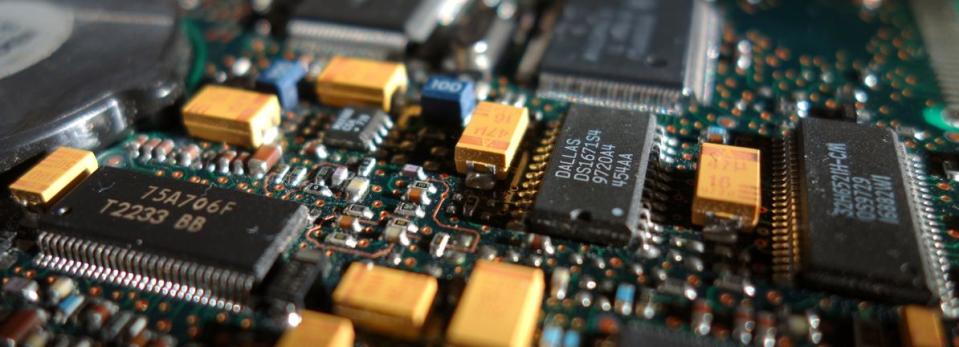NeoPhotonics (NYSE:NPTN) Has A Pretty Healthy Balance Sheet

Warren Buffett famously said, 'Volatility is far from synonymous with risk.' It's only natural to consider a company's balance sheet when you examine how risky it is, since debt is often involved when a business collapses. Importantly, NeoPhotonics Corporation (NYSE:NPTN) does carry debt. But should shareholders be worried about its use of debt?
What Risk Does Debt Bring?
Debt is a tool to help businesses grow, but if a business is incapable of paying off its lenders, then it exists at their mercy. Part and parcel of capitalism is the process of 'creative destruction' where failed businesses are mercilessly liquidated by their bankers. However, a more usual (but still expensive) situation is where a company must dilute shareholders at a cheap share price simply to get debt under control. Of course, plenty of companies use debt to fund growth, without any negative consequences. The first thing to do when considering how much debt a business uses is to look at its cash and debt together.
See our latest analysis for NeoPhotonics
What Is NeoPhotonics's Debt?
As you can see below, NeoPhotonics had US$38.7m of debt at March 2020, down from US$55.2m a year prior. However, it does have US$98.6m in cash offsetting this, leading to net cash of US$59.9m.
How Healthy Is NeoPhotonics's Balance Sheet?
We can see from the most recent balance sheet that NeoPhotonics had liabilities of US$110.1m falling due within a year, and liabilities of US$64.5m due beyond that. On the other hand, it had cash of US$98.6m and US$61.7m worth of receivables due within a year. So its liabilities outweigh the sum of its cash and (near-term) receivables by US$14.3m.
Of course, NeoPhotonics has a market capitalization of US$397.1m, so these liabilities are probably manageable. But there are sufficient liabilities that we would certainly recommend shareholders continue to monitor the balance sheet, going forward. Despite its noteworthy liabilities, NeoPhotonics boasts net cash, so it's fair to say it does not have a heavy debt load!
Notably, NeoPhotonics made a loss at the EBIT level, last year, but improved that to positive EBIT of US$2.7m in the last twelve months. The balance sheet is clearly the area to focus on when you are analysing debt. But it is future earnings, more than anything, that will determine NeoPhotonics's ability to maintain a healthy balance sheet going forward. So if you want to see what the professionals think, you might find this free report on analyst profit forecasts to be interesting.
But our final consideration is also important, because a company cannot pay debt with paper profits; it needs cold hard cash. NeoPhotonics may have net cash on the balance sheet, but it is still interesting to look at how well the business converts its earnings before interest and tax (EBIT) to free cash flow, because that will influence both its need for, and its capacity to manage debt. Happily for any shareholders, NeoPhotonics actually produced more free cash flow than EBIT over the last year. That sort of strong cash conversion gets us as excited as the crowd when the beat drops at a Daft Punk concert.
Summing up
We could understand if investors are concerned about NeoPhotonics's liabilities, but we can be reassured by the fact it has has net cash of US$59.9m. The cherry on top was that in converted 927% of that EBIT to free cash flow, bringing in US$25m. So we don't have any problem with NeoPhotonics's use of debt. When analysing debt levels, the balance sheet is the obvious place to start. But ultimately, every company can contain risks that exist outside of the balance sheet. Consider risks, for instance. Every company has them, and we've spotted 3 warning signs for NeoPhotonics you should know about.
At the end of the day, it's often better to focus on companies that are free from net debt. You can access our special list of such companies (all with a track record of profit growth). It's free.
If you spot an error that warrants correction, please contact the editor at editorial-team@simplywallst.com. This article by Simply Wall St is general in nature. It does not constitute a recommendation to buy or sell any stock, and does not take account of your objectives, or your financial situation. Simply Wall St has no position in the stocks mentioned.
We aim to bring you long-term focused research analysis driven by fundamental data. Note that our analysis may not factor in the latest price-sensitive company announcements or qualitative material. Thank you for reading.

